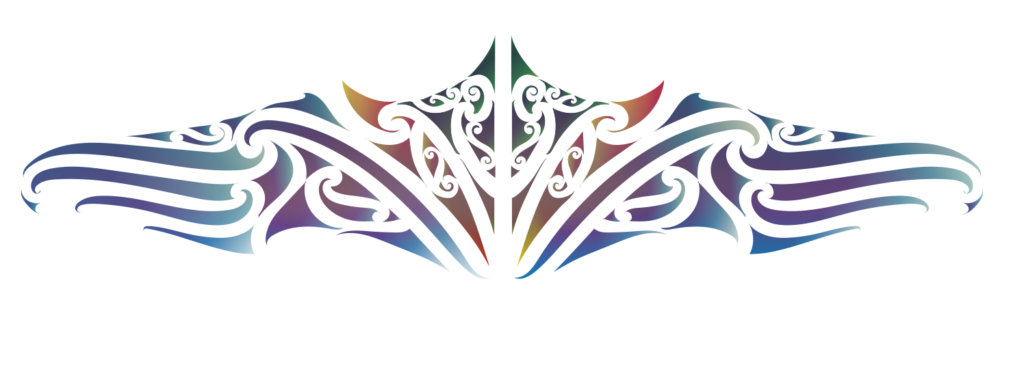Utilising Mātauraka Māori knowledge and western scientific mapping technology to track vegetation changes in the Koukourarata (Port Levy) basin from c1620 to 2019.
Mātauraka Māori held by the Kāti Huikai hapū records that their migrating waka (vessel), Makawhiu, arrived in Koukourarata at approximately the same time as the Mayflower was touching ground in America around 1620. The environment they arrived in was one of a fully vegetated harbour basin replete with birdlife in the trees and fish in the sea. A perfect place
for settlement.
Koukourarata is a long bay on the northern side of Horomaka (Banks Peninsula) in Canterbury, New Zealand. From the 1820s with the arrival of European traders and Whalers, the vegetation remained largely unchanged until later in the 1850s, after the establishment of larger European settlements in and around Koukourarata. The fledgling New Zealand
Government supported the introduction of a logging industry which oversaw large scale deforestation of the entire Koukourarata harbour and the whole of Banks Peninsula. This, followed with government policy of pastoral farming, saw the complete conversion of the Koukourarata basin from its original vegetative state.
Kāti Huikai have maintained their Mātauraka Māori relating to place names which inherently recorded types of vegetation in the nomenclature. Furthermore, the retention of these names has provided the means for a more detailed vegetation map. Giving insight into a thriving communities past; culturally, environmentally, and ecologically. This would not have been possible without Mātauraka Māori knowledge.
The utilisation of ArcGIS in conjunction with Mātauraka Māori knowledge and available literature has allowed for the digital mapping of the estimated vegetation cover from around 1830, and the Kāti Huikai place names. Additionally, existing GIS data of present day vegetation of Horomaka has been used as a comparison to the 1830s vegetation cover.




